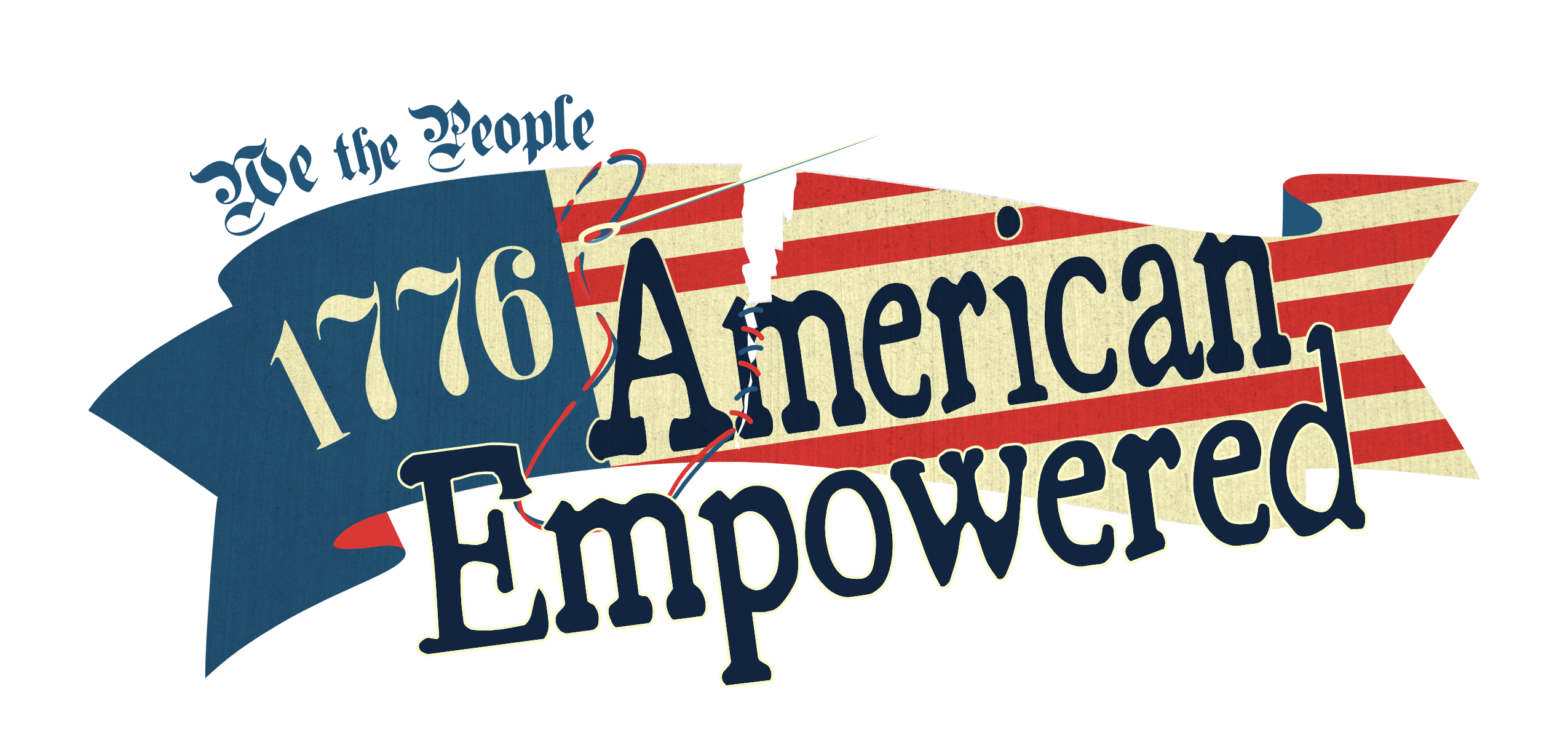Throughout our history, Colonials, farmers, townsfolk, military, and rebels all loved having a flag that spoke to their feelings and their causes. Although we have seen some of the flags, we may not know what they stood for or how they were originated. We will start with the old and move forward in time to WWII.
 One of the oldest known flags in our country was the Bedford Flag. The Latin inscription “Vince Aut Morire” means “conquer or die.”
One of the oldest known flags in our country was the Bedford Flag. The Latin inscription “Vince Aut Morire” means “conquer or die.”
Its description matches one made for a cavalry troop of the Massachusetts Bay Militia in the French and Indian Wars. Legend claims it is the flag carried by Bedford Minuteman, Nathaniel Page, to the Concord Bridge on April 19, 1775, at the beginning of the American Revolution.

This was the best known of the British Maritime flags, or Ensigns, which were formed by placing the Union flag in the canton of another flag having a field of white, blue or red.
This flag was widely used on ships during the Colonial period. This was the first national flag of the English colonies, and Cornwallis surrendered at Yorktown under this flag.

The history of the Pine Tree as a symbol of New England predates the European colonial settlements.
In eastern Massachusetts, southern New Hampshire and the southern corner of Maine, there lived a nomadic tribe of Native Americans known as the Penacook. “Penacook” is an Algonquin word meaning “Children of the Pine Tree.”
The Penacook people have been credited with teaching the Pilgrims of Plymouth Colony much needed survival skills when the colonists were starving to death during the winter of 1621-22.
A common way to customize English Red Ensigns for ships sailing out of New England was to modify the Cross of Saint George in the canton by adding a pine tree in the first quarter.
After the St. Andrews Cross was added to the St. George’s Cross to make the Union Flag in 1707.
The New England Flags sometimes showed the British Red Ensign with the tree in the first quarter as demonstrated in the second variant of New England Flags shown here.
The first variant of the New England flag shown here also became a frequent naval ensign for all New England ships prior to 1707. After that, the second variant appeared to gain popularity.

The history of the Stamp Act flag began in about 1765, when protests of the duties and taxes and stamps required by Parliament began in the colonies.
A flag of nine red and white vertical stripes known as the “Rebellious  Stripes” was flown from this pole.
Stripes” was flown from this pole.
When the British outlawed the “Rebellious Stripes” flag, tradition tells us the Sons of Liberty created a new flag by changing the direction of the stripes.
Three and a half years after the Boston Tea Party, the nine stripes had grown to thirteen horizontal stripes.

Culpeper Minutemen Flag
This flag represented a group of minutemen from Culpeper, Virginia. These men formed part of Colonel Patrick Henry’s First Virginia Regiment of 1775. Three hundred Culpeper Minutemen led by Colonel Stevens marched toward Williamsburg at the beginning of the fighting.
Their unusual dress alarmed the people as they marched through the country. They had bucks’ tails in their hats and tomahawks and scalping knives hung from their belts. Their flag’s central symbol was a coiled rattlesnake about to strike, and below it the words “DON’T TREAD ON ME.” At each side were the words of Patrick Henry “LIBERTY OR DEATH!”

Albany Congress Cartoon
The rattlesnake was the favorite animal emblem of the Americans even before the Revolution. In 1751, Benjamin Franklin’s Pennsylvania Gazette carried a bitter article protesting the British practice of sending convicts to America.
The author suggested that the colonists return the favor by shipping a cargo of rattlesnakes to England, which could then be distributed in the noblemen’s gardens.
Three years later, the Gazette printed a political cartoon of a snake as a commentary on the Albany Congress. To remind the delegates of the danger of disunity, the serpent was shown cut to pieces.
Each segment is marked with the name of a colony, and the motto “JOIN or DIE” below. Other newspapers took up the snake theme.

Gadsden Flag
In 1775, Colonel Christopher Gadsden was in Philadelphia representing his home colony of South Carolina at the Continental Congress and presented this new naval flag to the Congress.
It became the first flag used by the sea-going soldiers who eventually would become the United States Marines.

New York Naval Ensign 1775
In the early days of the Revolution, the New Yorkers adopted a white flag with a black beaver for the armed ships of New York.
The symbol of the Beaver dated back to the early Dutch settlers of New Netherlands and was based on the long and important role the fur trade played in the development of New York.

Grand Old Union Flag 1775
The flag he designed became known as the Grand Union Flag. Years later, Rebecca assisted her daughter in making an even more famous flag for our country, the “Star Spangled Banner” used at Ft. McHenry.

Fort Moultrie Flag
The “Moultrie” Flag was designed in 1775, and flew over Fort Sullivan (later named Ft. Moultrie) during the battle.
The flag was shot away by the British in the battle, but the British were in turn defeated which saved the south from British occupation for another two years.
This became the flag of the South Carolina “Minute Men” and the modern South Carolina State Flag still contains the crescent moon from this Revolutionary War flag.


